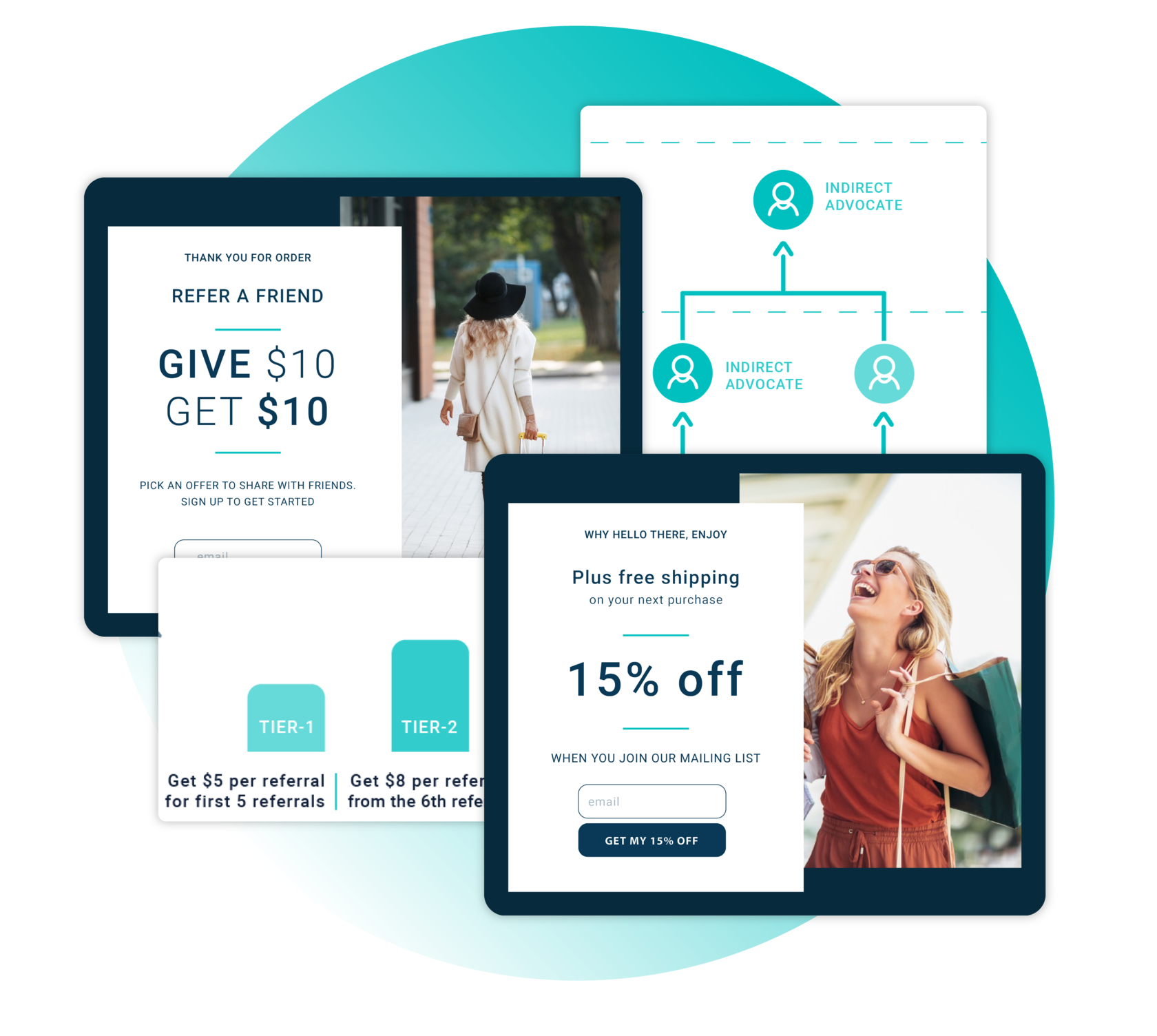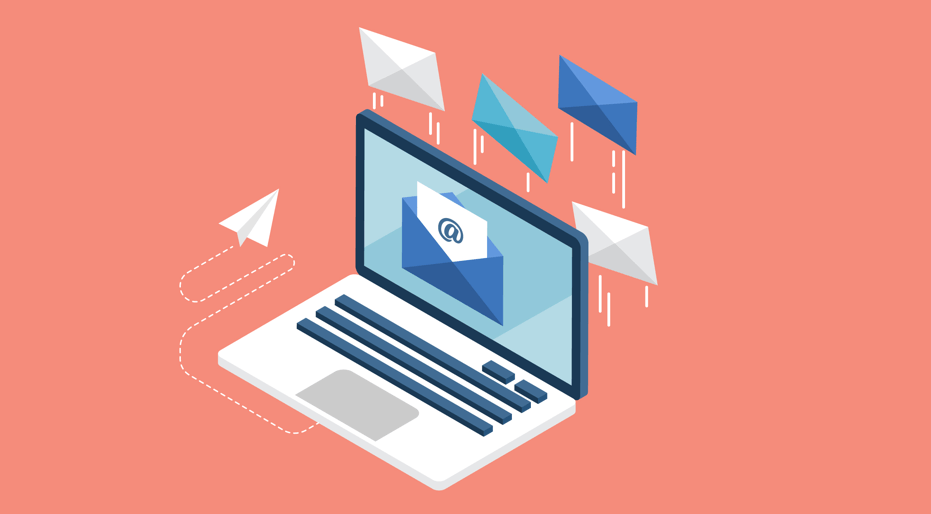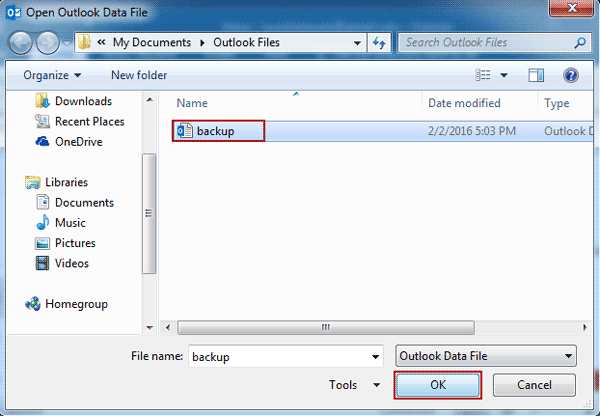What if you were overlooking one of your most potent marketing tools? In digital marketing, it’s simple to spend money on solutions that don’t work. But one approach delivers both: bulk email marketing. Sadly, many firms consider mass emails obsolete. Continue reading to learn why email marketing should be a part of your digital marketing plan.
- Why Mass Email Marketing Is Prevalent
- The End of Bulk
- Valuable Data Comes From Customers
- Email Marketing Is Still Very Effective
- Email Marketing Has a High ROI
- Email Marketing Has Low-Pressure
Why Mass Email Marketing Is Prevalent
The internet has evolved a lot over the decades. Simple websites give way to social media, video streaming sites, and more. Email has changed very little in comparison. You may be asking if mass email marketing is still relevant today. Yes, in a nutshell. Yes, if done correctly.
For example, you can’t just spam random folks. Customers must opt-in to be effective. Offer them something valuable (like a free ebook) in exchange for joining your email list. Focusing on opt-in clients means a warmer potential audience. And if you keep sending quality material (such tips to save time or money), clients will become even more devoted to your company.
The End of Bulk
Bulk email is also known as mass email. This has been a pejorative term in email marketing because it connotes sending impersonal emails to thousands of individuals and hoping someone will bite. But modern “bulk” email isn’t bulky. As previously said, you should target clients that have opted in. Personalize your emails so they don’t feel like random communications sent to strangers.
Don’t mistake current mass email marketing for old-school “spray and pray.” Think of it as mass-market focused marketing.
Valuable Data Comes From Customers
Many firms have been slow to adopt email marketing in the past. They do so because they focus on the emails’ immediate CTAs. These CTAs increase sales, website visits, and more. However, email marketing has long-term value. Because these client contacts let you gain crucial consumer data.
Digital marketing relies on analytics to better understand your audience and what they desire. By gathering monthly consumer data (and encouraging them to take customer surveys), you may improve your marketing efforts and even your products and services. Consistently high ROI in email marketing (more on this later). You may get even more value for your cash by collecting useful client data.
Email Marketing Is Still Very Effective
It’s one thing to say email marketing works. But what do the numbers say about email marketing? It all depends on the emails you send. 82.21 percent of customers open welcome emails (the normal follow-up emails you send when a consumer joins up for anything). While triggered emails (those sent automatically after a consumer clicks anything) have a 44.07 percent open rate. Finally, the standard email newsletter is 20%.
Clearly, some of these emails work better than others. If you can establish value in the first email, you can retain more subscribers. The good news is that those that stick around and open your weekly emails are a more warm audience that is more likely to buy.
Email Marketing Has a High ROI
The open rate is only one factor in the effectiveness of mass email marketing. The other factor is, of course, ROI. And when it comes to ROI, nothing beats email marketing!The same study indicated a ROI of 4,400% for email marketing. That is, for every dollar invested, you get $44.
Create a winning email campaign strategy and put even a little portion of your marketing budget into mass email to expand your company quickly.
Email Marketing Has Low-Pressure
But why do modern customers still love email marketing? Email remains the most “low-pressure” marketing tactic. Modern audiences (particularly Millennials) despise phone calls and prefer texting. So many businesses use social media to reach clients, allowing those who are scared to call to instead send a DM.
To market to customers, these social media interactions fail. If you try to sell to a wary Millennial on Facebook, they may stop messaging you. They have to listen to a sales pitch when they have other things to do since texting has taken on the bothersome characteristics of phone calls.











